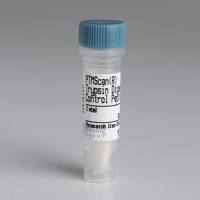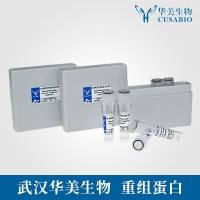Novel Methods for the Investigation of Human Hypertrophic Scarring and Other Dermal Fibrosis
互联网
408
Hypertrophic scar (HTS) represents the dermal equivalent of fibroproliferative disorders that occur after injury involving the deep dermis while superficial wounds to the skin heal with minimal or no scarring. HTS is characterized by progressive deposition of collagen that occurs with high frequency in adult dermal wounds following traumatic or thermal injury. Increased levels of transforming growth factor-β1 (TGF-β1 ), decreased expression of small leucine-rich proteoglycans (SLRPs), and/or fibroblast subtypes may influence the development of HTS. The development of HTS is strongly influenced by the cellular and molecular properties of fibroblast subtypes, where cytokines such as fibrotic TGF-β1 and CTGF as well as the expression of SLRPs, particularly decorin and fibromodulin, regulate collagen fibrillogenesis and the activity of TGF-β1 . Reduced anti-fibrotic molecules in the ECM of the deep dermis and the distinctive behavior of the fibroblasts in this region of the dermis which display increased sensitivity to TGF-β1 ’s biological activity contribute to the development of HTS following injury to the deep dermis. By comparing the cellular and molecular differences involved in deep and superficial wound healing in an experimental wound scratch model in humans that has both superficial and deep injuries within the same excisional model, our aim is to increase our understanding of how tissue repair following injury to the deep dermis can be changed to promote healing with a similar pattern to healing that occurs following superficial injury that results in no or minimal scarring. Studying the characteristics of superficial dermal injuries that heal with minimal scarring will help us identify therapeutic approaches for tissue engineering and wound healing. In addition, our ability to develop novel therapies for HTS is hampered by limitations in the available animal models used to study this disorder in vivo. We also describe a nude mouse model of transplanted human skin that develops a hypertrophic proliferative scar consistent morphologically and histologically with human HTS, which can be used to test novel treatment options for these dermal fibrotic conditions.









